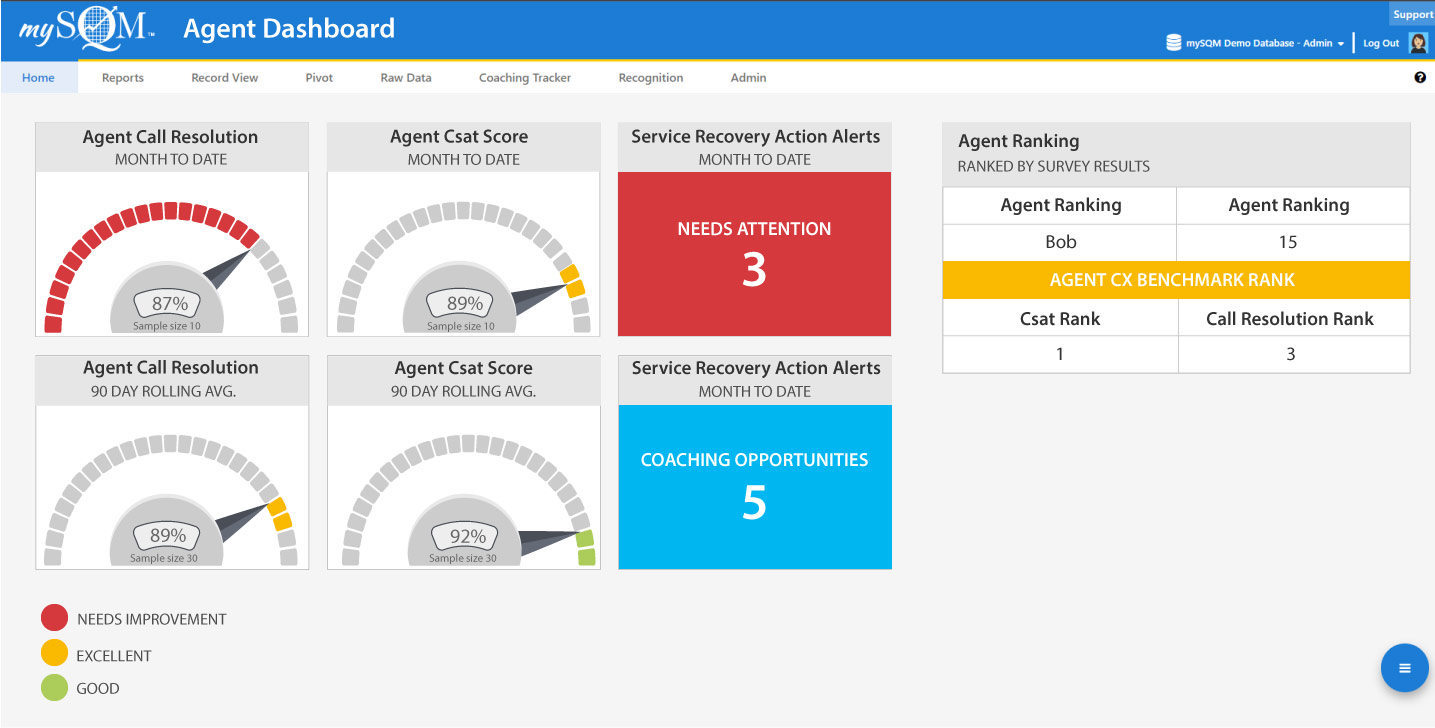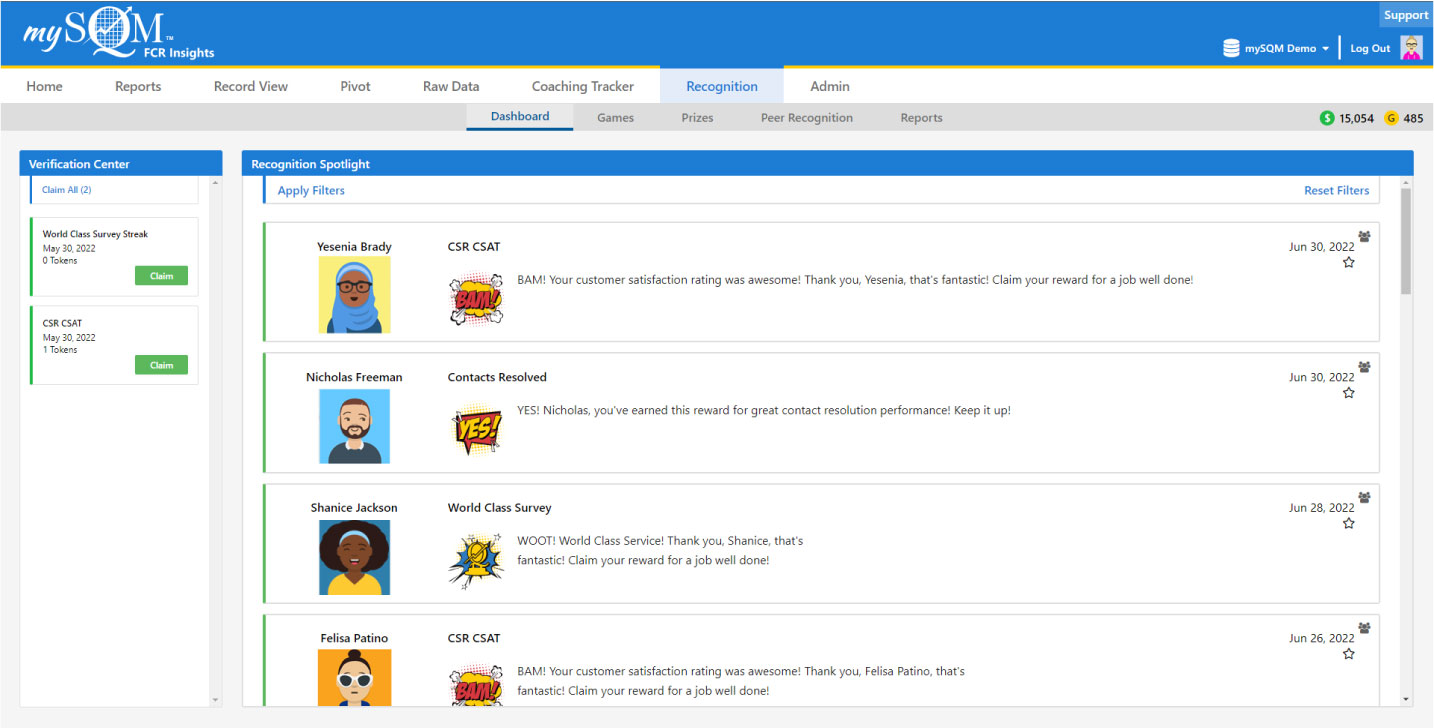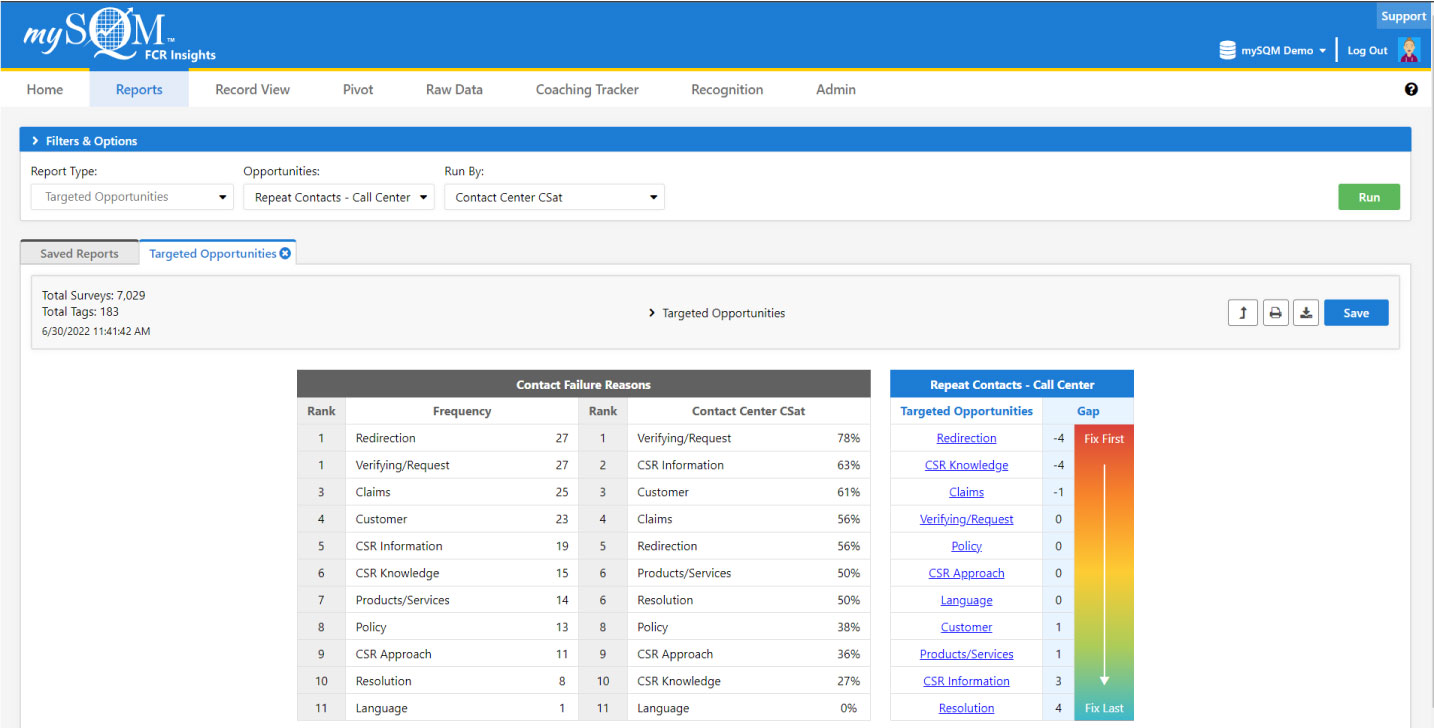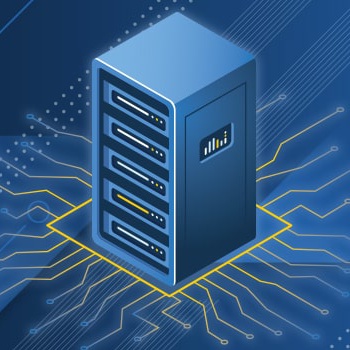
360-Degree Feedback
360-degree feedback captures data from multi-raters (e.g., customers, QA evaluators, and artificial intelligence) and stores it in one software platform.

Customer Feedback Loop
The customer feedback loop is a process for identifying areas to improve and implementing new practices that will enhance customer service.

Data Visualization
Great data visualization to quickly understand the graphics and reporting from the agent to the call center level. Powerful widget features.

Customizable Dashboard
Our software has a customizable agent dashboard, reports, data filters, access levels, real-time notifications, KPIs, and metrics.

Real-Time Notifications
Pushes real-time notifications about world-class interactions and service recovery opportunities, which can be customized so that you can act quickly to improve FCR and CX.

Customer Service Reports
Customer service reports to help discover emerging trends and monitor and optimize CX by providing the right agent coaching and training based on CX tracking and benchmarking report insights.
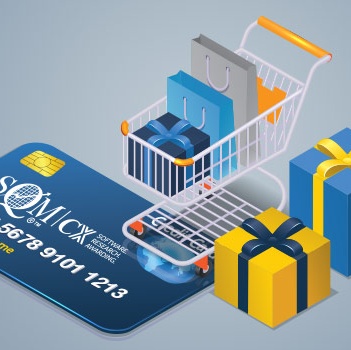
Rewards & Recognition
Award points based on agents VoC performance that is captured in mySQM™ Customer Service QA Software and can be redeemed for cash on an SQM debit card.

CX Essentials Coaching
Our software uses VoC survey feedback to identify customer persona communication style and provide agent CX performance tracking and individualized coaching opportunities.

Benchmarking & Ranking
CX benchmarking and ranking data at the agent level is captured and reported in real-time through mySQM™ Customer Service QA software.

Knowledge Builder
A searchable library of CX Essential soft skills, social styles, and validated best practices from improving and providing great CX.

CX Soft Skills e-Learning
Virtual, on-demand and instructor-lead e-learning for CX soft skills modules delivering through our mySQM™ Customer Service QA Software.
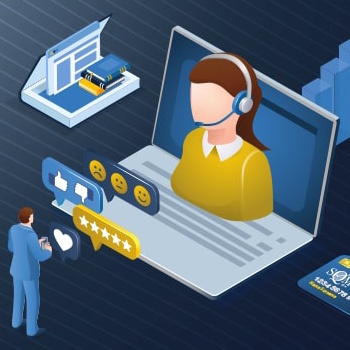
Customer Quality Assurance
A holistic approach to call quality monitoring that uses both the voice of the customer and call compliance information.
mySQM™ Customer Service QA Software Benefits
Reduce Operating Costs
Reduce Customers At Risk of Defection
Improve Customer Satisfaction
Improve Employee Satisfaction
Why Customers Love mySQM™ Software

High quality surveying company.
"The customer service we receive from SQM is at an extremely high level. Very friendly, verify timely responses. And they must be a good company because they have a very low turnover rate. We've been working with the same vendor managers for years now."

User-friendly interface, strong service team.
"I've worked with several CX research suppliers and would say that the mySQM tool is the best I've worked with so far. Dashboards are easy to set up and customize and it is also quite easy to set up data exports. The team at SQM has been flexible and great to work with."

Exceptional service!
"Working with the great folks at SQM I truly feel that they equal my passion and desire to completely satisfy our customers."
Explore our 7-day free demo trial!
See how our customer service QA software platform, built for call center supervisors and agents, effectively monitors and makes it easy to understand performance while reducing the time needed to absorb the data to improve CX.
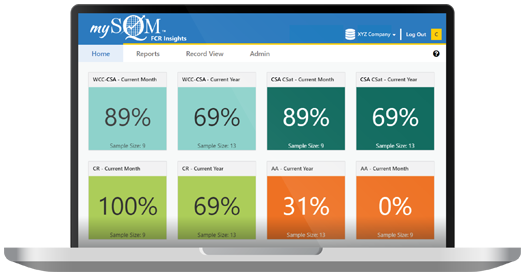

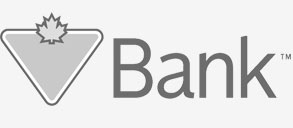

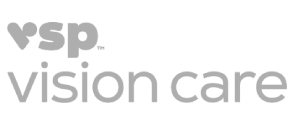


Call Center Metrics
Providing an excellent customer experience is a top priority for any call center. After all, if the customer isn’t happy, they may refrain from doing business with the company again — or worse, jeopardize the company’s reputation by leaving a negative review. The best way to ensure that your agents are providing excellent service is to have a robust quality assurance strategy in place.
Measuring the quality of your call center, its agents, and the service they provide can help your company evaluate customer satisfaction, detect potential issues within the center that may be damaging customer services, and identify coaching and training opportunities to improve agent performance. A quality assurance strategy requires tracking a variety of call center metrics, such as call handle time and first-call resolution rate.
The first step of any quality assurance strategy is to set clear goals and objectives. You want to ensure your goals align with call center industry standards. For example, the call center industry standard for abandonment rate is between 5% and 8%, so you want to make sure your goals meet or exceed this call center industry standard.
In addition to industry standards, you also need to take other factors into account when setting goals, such as customer expectations and company-specific data. For instance, the call center wait time industry standard is the 80/20 rule, where agents answer 80% of the calls within 20 seconds. However, if you have higher than average call abandonment rates, you may need to set more stringent goals. On the other hand, if your call abandonment rates are lower than industry standards, you may be able to extend the call wait time without damaging the customer experience.
You certainly need to track company-wide call center metrics to evaluate the efficiency and overall performance of the call center. This step allows you to compare your company’s performance against contact center industry standards and determine if the call center is meeting set goals and objectives. In addition to company-wide call center metrics, you need to track call center agent performance metrics to ensure your agents are meeting or exceeding company expectations.
How to Evaluate Call Center Agent Performance
There are a number of call center metrics you can use to track agent performance, such as call handle time and customer satisfaction rates. One of the most effective ways to track and evaluate agent performance is by using a call center agent performance scorecard. Keep reading to learn more about this valuable tool.
Call Center Agent Performance Scorecard
Continuously tracking the quality of your agent’s performance is a critical component of the quality assurance process. Recording agent calls for quality assurance is a significant first step. Not only can this practice help your center effectively deal with customer complaints and protect your agents, but it can also provide actual examples for training and coaching purposes.
Since your call center likely handles hundreds of calls every day, it would be impossible to review these call recordings and manually assess agent performance for every call. Instead, call center software can automatically track specific metrics for each call and use this data to rate agent performance using a customized quality assurance scorecard.
Using a call center agent performance scorecard to rate each incoming and outgoing call creates a standardized process. Once you create a call center scorecard, every agent is evaluated using the same call center metrics for every call. This creates an unbiased method for identifying both overperforming and underperforming agents.
With mySQM™ Customer Service QA software, you can create a customized call center agent performance scorecard. This scorecard works like a checklist to ensure agents are meeting company expectations.
How to Create a Scorecard
When creating a quality assurance scorecard, consider company standards and your overall goals and objectives. For example, are your agents required to open each call with a specific greeting? Does the company have first-call resolution expectations? Be sure to include these critical elements in your agent performance scorecard. Below is a look at some of the most common components of a call center quality assurance scorecard:
- Time to answer the call
- Proper greeting provided
- Verified customer’s identity
- Resolved customer issues
- Transferred call if necessary
- Followed customer service protocols
- Ended call properly
- Maintained a pleasant tone throughout the call
- Submitted post-call form
- Average call handle time
Once your customized scorecard is in place, the software automatically tracks the required call center metrics, such as call handle time and speed of answering. When the call is over, the quality assurance dashboard scorecard combines all data collected and calculates an overall score for each agent’s call.
Call Center Metrics and KPIs
There are dozens of call center metrics and KPIs your company can use to measure performance. Fortunately, call center quality assurance software can track, manage, and analyze vast amounts of data. In most cases, this software calculates these metrics automatically based on the data it collects.
Even so, it’s important to understand which metrics provide the greatest value to your company and how you can use these metrics to measure success. Below is a look at some of the most common call center metrics examples:
- First Call Resolution: First-Call Resolution (FCR) represents the rate at which agents can resolve customer issues during the first call.
- Customer Satisfaction Score: Customer Satisfaction Score (CSAT) gauges the level of customer satisfaction based on customer feedback. Many call centers conduct surveys at the end of the call to gather this information.
- Average Handle Time: Average Handle Time (AHT) is the amount of time the agent spends on the phone handling customer issues.
- Customer Effort Score: The Customer Effort Score (CES) determines the level of effort customers put into resolving their issues.
Outbound Call Center Metrics
- Average Speed of Answering: The Average Speed of Answering (ASA) represents how long it takes the agent to answer the phone.
- Call Abandonment Rate: Call Abandonment Rate (CAR) is the number of callers who hang up while waiting for a call center agent to pick up.
- Average Time in Queue: The Average Time in Queue is the amount of time callers are put on hold before connecting with an agent.
Inbound Call Center Metrics
- Call Block Rate: The Call Block Rate (CBR) is the number of calls an agent can’t make because the customer has blocked the number.
- Answer Success Rate: The Answer Success Rate (ASR) is the number of outgoing calls that customers answer in comparison to the overall number of calls made.
- Agent Wait Time: Agent Wait Time (AWT) is the amount of time agents spend on the phone waiting for the customer to answer the phone.
It’s important for your company to determine right from the start which call center metrics it wants to track on an agency, department, and agent level.
Call Center Metrics Dashboard
A call center metrics dashboard is a visual representation of numerous call center metrics and KPIs. This dashboard gives call center managers and leaders easy access to the real-time data they need to continually monitor quality assurance and optimize agent performance.
These contact center dashboards are completely customizable, so you can determine exactly which metrics you want to see front and center. The call center quality assurance software automatically collects and tracks relevant data and also instantly calculates your selected call center metrics formulas and KPIs.
There are numerous benefits to utilizing call center metrics dashboards, including:
- Identifying Problems Quickly: Having instant access to key call center metrics allows managers to quickly identify and resolve issues, such as agent performance, software issues, and decreasing customer satisfaction.
- Tracking Emerging Trends: This real-time data can also alert call center managers and leaders to emerging trends, including higher-than-normal wait times, increased call abandonment rates, and an increase in customer effort scores.
- Identifying Coaching Opportunities: One of the top benefits of utilizing this type of interactive dashboard is that it allows managers to quickly identify a breach in call center service level standards. By identifying which metrics are below company standards, managers can provide targeted coaching and training opportunities on a company-wide or individual agent level to improve performance.
- Recognizing Outstanding Performance: The chaotic nature of call centers can make it difficult to identify top-performing agents. The call center metrics dashboard can help managers overcome this challenge by identifying which agents continuously exceed company expectations and deserve recognition.
- Improving the Customer Experience: Being able to quickly identify issues within the call center and provide agents with real-time feedback can help to improve agent performance and provide a better customer experience.
- Cutting Costs: These dashboards help to streamline the quality assurance process by automatically tracking and calculating valuable call center metrics. This benefit not only helps the company save time, but it can help save money as well.
The online data visualization that call center metrics dashboards offer is critical for agents, managers, and call center leaders. Not only can it help to simplify call center analysis, but it can also help to improve agent performance, customer satisfaction, and call center outcomes.
Find out how mySQM™ Customer Service QA software can help your company streamline the call center quality assurance process and improve outcomes for both your customers and your agents.


